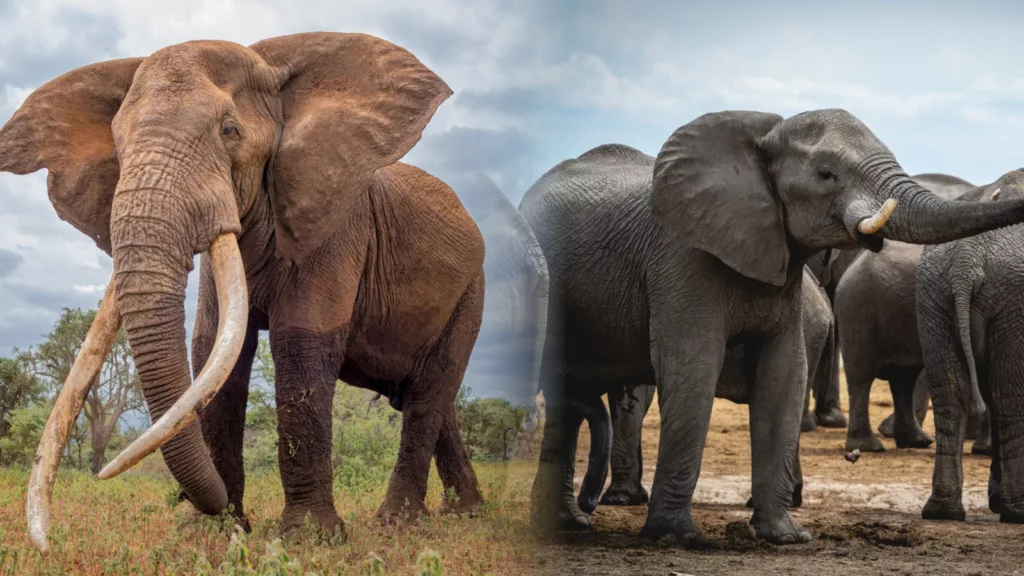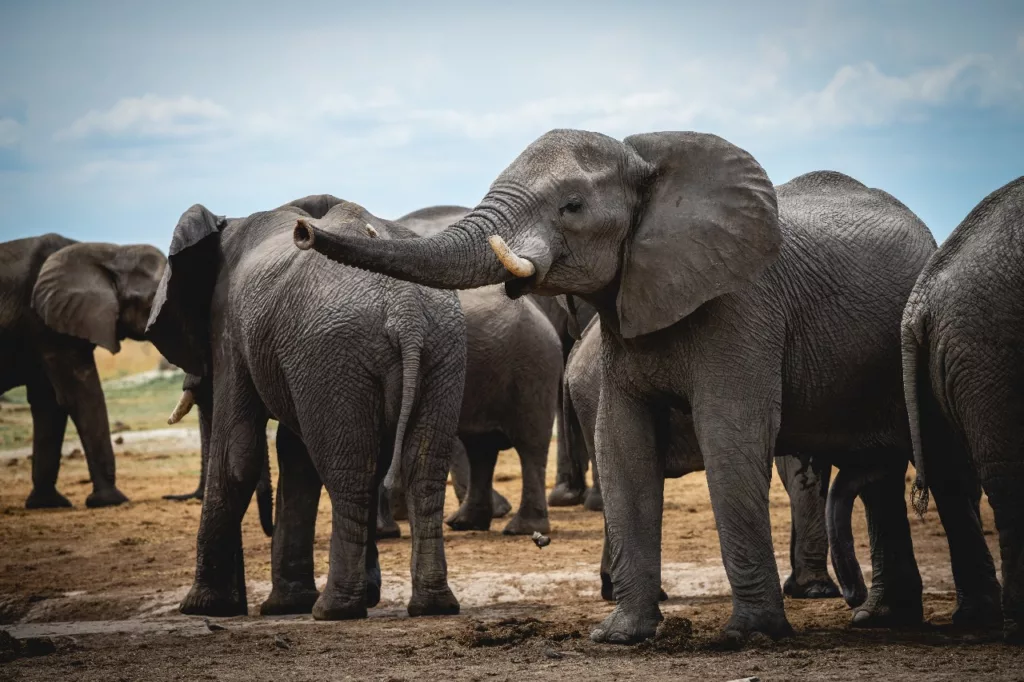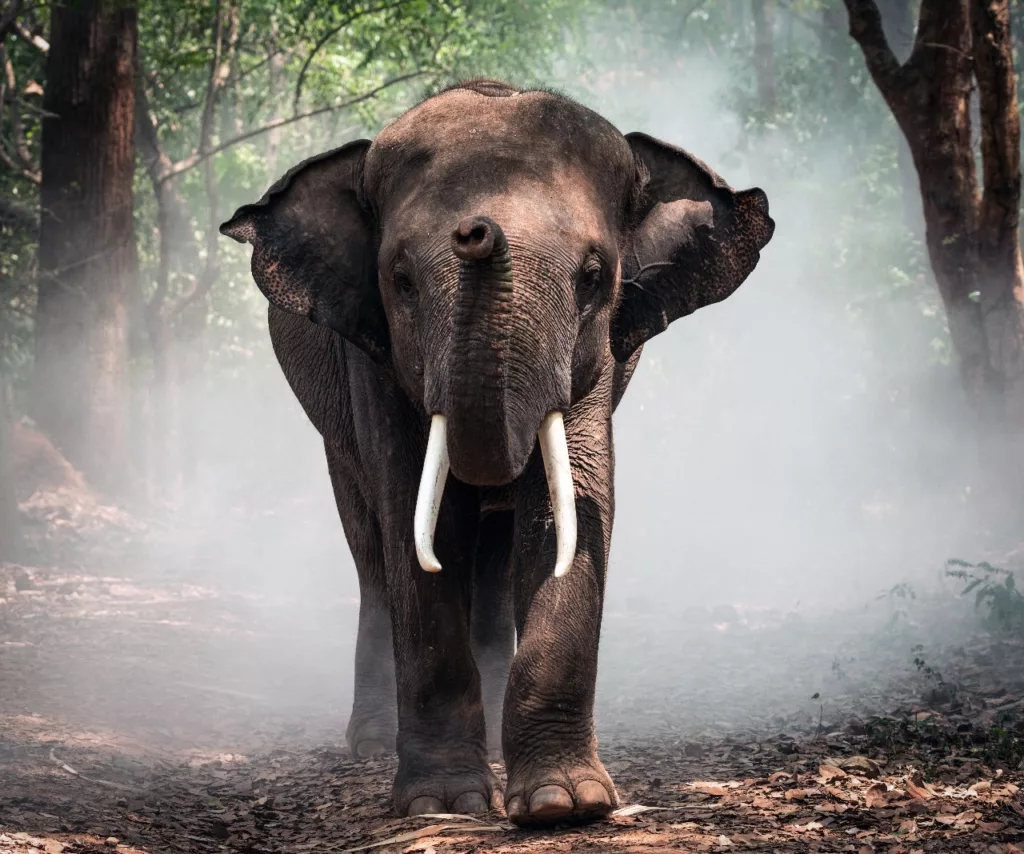The gentle giant, Elephants, with their long trunks, tusks, and distinctive features, stand as the largest land animals on Earth. Roaming across savannas, grasslands, and forests, these majestic creatures captivate us with their intelligence, social dynamics, and incredible memories.
Species Diversity
Elephants manifest in three distinct species—the African Savannah elephant (Loxodonta africana), the African Forest elephant (Loxodonta cyclotis), and the Asian elephant (Elephas maximus). The Asian elephant further divides into three subspecies: the Indian (E. maximus indicus), the Sumatran (E. maximus sumatranus), and the Sri Lankan (E. maximus maximus). Notably, the African Savannah elephant claims the title of the largest species, reaching weights up to 8,000 kg and standing at 3 to 4 meters. In comparison, Asian elephants weigh 5,500 kg and measure 3.5 meters tall.
African vs Asian Elephants

- African elephants boast ears shaped like the continent of Africa, while their Asian counterparts have ears resembling the Indian subcontinent.
- Trunk differences include African elephants with two ‘fingers’ and Asian elephants with only one.
- Tusks, found in both African males and females, are exclusive to male Asian elephants, with females often having short or no tusks.
- Nail count on feet also varies, with African elephants having 4 on the front and 3 on the back. While Asian elephants sport 5 on the front and 4 on the back.
- Head morphology sets them apart, with African elephants featuring a single rounded dome, and Asian elephants having two domes with a central indent.
Elephants’ Exceptional Memory
The saying “elephants never forget” stems from their remarkable memories, attributed to the largest brains among all land mammals. Weighing around 5 kg, an average adult elephant’s brain allows them to recognize family members even after decades of separation. Additionally, they recall individuals they’ve encountered briefly and remember gestures of kindness or harm.
Social Bonds and Interaction Styles

Elephants thrive in herds, where older females, known as “matriarchs,” often lead. Female elephants typically stay with the same herd for their entire lives, fostering close-knit relationships. In contrast, male elephants spend more time alone. Communication among elephants involves a diverse range of methods, including trumpet calls, body language, touch, and scent. They utilize infrasound—a sound frequency beyond human hearing—to send signals up to 20 km away.
Love and Affection
These intelligent and empathetic creatures exhibit affection through various gestures, such as stroking or caressing each other’s heads and backs with their trunks. During courtship, elephant couples engage in friendly trunk wrestling and entwine their trunks as a display of affection.
Elephants at Taman Safari Bali

Explore the world of Sumatran Elephants at Taman Safari Bali, home to thirty-three of these magnificent creatures, including four born on-site. Meet the youngest, Oje, born in 2017 and now seven years old.






